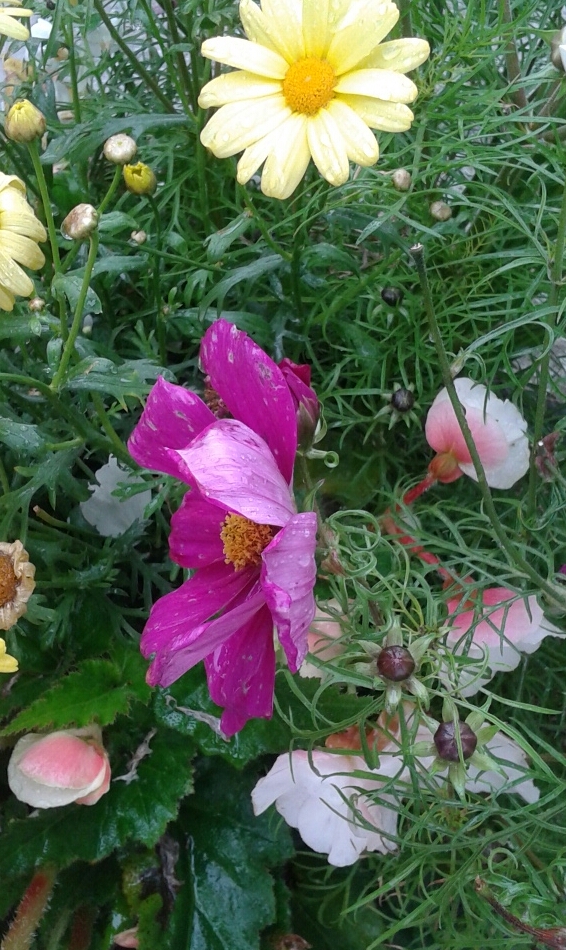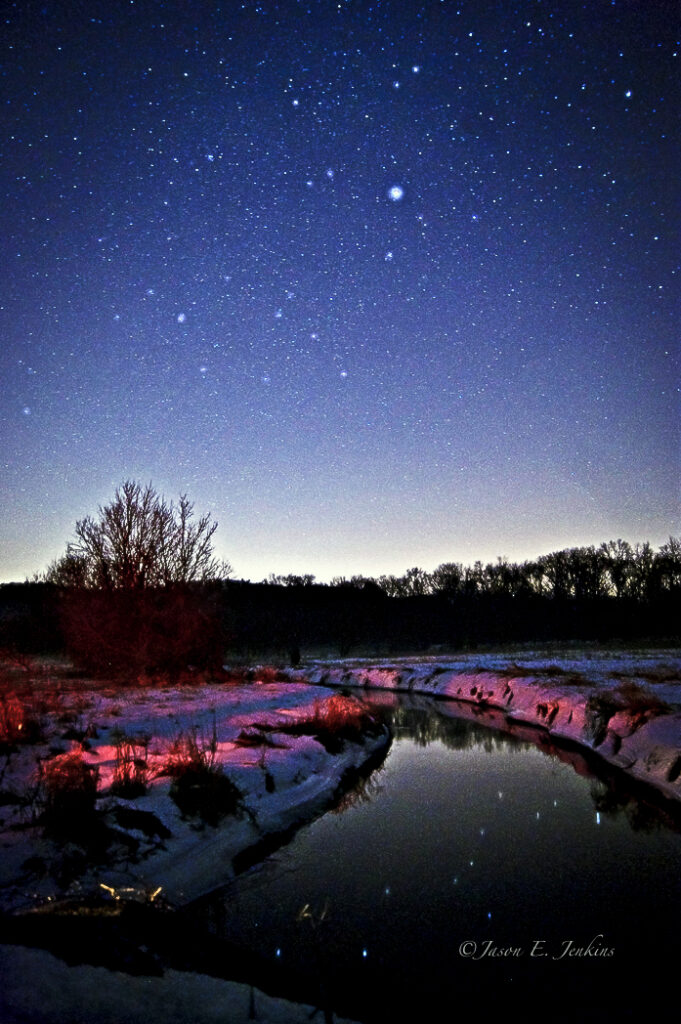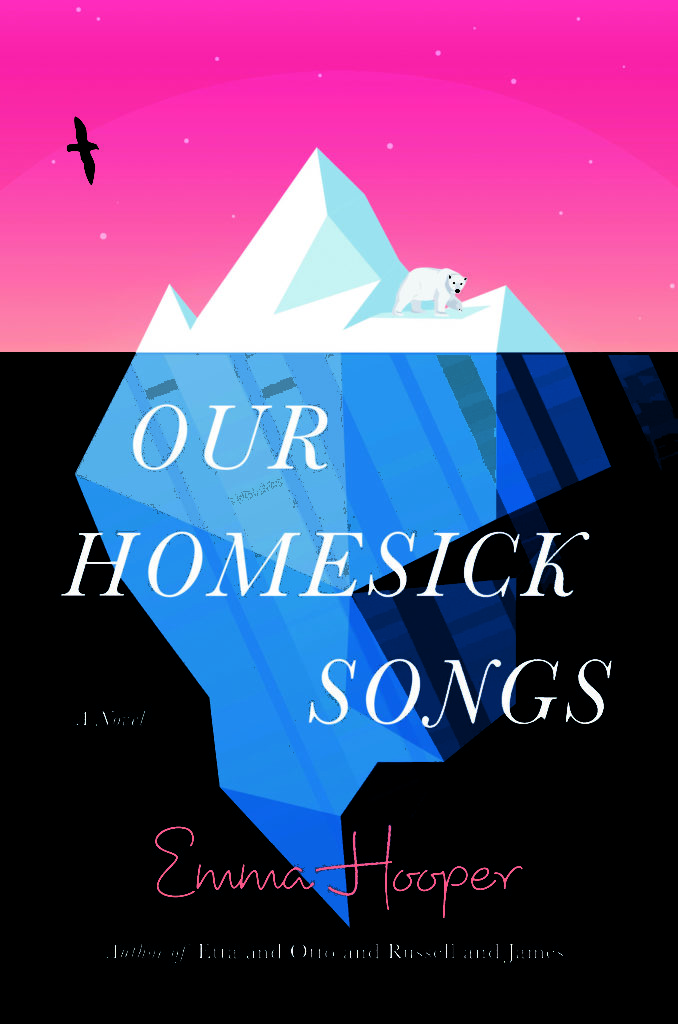Ray Mackey: It really makes your day when you get an image you weren’t expecting
December 2021
Your book’s title is Chasing Newfoundland; what are you trying to catch?
I’m trying to catch everything. When I say everything I mean anything that’s kind of landscape-, wildlife-, and cultural-related, if I had to pick three categories. When you’re a photographer the first thing you’re always chasing is light. When you look at my photographs you’ll see a lot of them are in the morning and in the evening, in the golden hour. And nighttime, I like night as well, so I’m always chasing light. But where the name actually came from a discussion I was having with my publisher, John MacIntyre, about the book and we got into a conversation about what I did. I shoot all year long, in the wintertime I’m chasing the snow scene, and then I’m chasing icebergs, and then I’m chasing whales, I’m always chasing something down, so we kind of hit on that.
And yet you define your work as “simply image capture.” How do you know when you’ve caught it?
You can ask any photographer that question, you can point the lens and the body of the camera all day long, and you can snap the shutter. But there’s something about when you get the image … For me I do a lot of planning, a certain location, a certain time, and a certain composition I’d like. But where magic comes in and you know you’ve got it, is when you’re looking in the viewfinder and you snap it and you go, ok I’ve got it, because all the pieces come together, in particular the light. And there’s something unique in the scene and that for me is probably the number one goal. Because for me the starting point is everything has already been captured, everything has already been photographed, so try to find a way to capture it with some unique perspective, in a way that’s your style, a unique image that no one has captured, that’s the real goal there. I can shoot a hundred images and somewhere in that batch I’ll know which one is going to be that image, whether it’s at the beginning of the shoot, the middle, or the end, it just strikes you that that’s the one that presents the best.

You go out in every season, at different times of the day. What are the challenges of each season and each time of day?
The challenges are trying to get out there often enough. Certainly our climate, you can view that as a challenge and it can be restrictive of course if there’s a snowstorm or a rain- or a windstorm. But it also has some benefits in that it’s that climate that creates the change in lighting conditions and environmental conditions that create that new compositions out of old scenes. I say the challenges for me, I’ll use the iceberg season as an example. To really capture icebergs the way I like to capture them I have to travel right across the island. Oftentimes I might be after driving seven or eight hours, shoot in the morning, shoot during the day, during the evening, then all of a sudden there’s another iceberg that’s six hours away. So you’re already tired, having travelled and worked at it. But you know that goal is somewhere along the way and you really have to push yourself. It’s the challenge on the body in terms of trying to get to all the various locations in the conditions in the time frames that you want. Arranging social logistics around just getting to some of the shooting locations. But the reward is in capturing the image that you want.
We can read in the captions accompanying your photos that you often get up very early.
Particularly iceberg season. I often get up when my wife is going to bed, 12:30 at night to drive for four hours to be in a place, it could be Grate’s Cove, it could be the Bonavista Peninsula, I want to be there before the sun comes up and the sun in June month is coming up at 4, 4:30. You have to be determined and interested in order to do that. That light is the driver. I can drive there any time of the day and take the same composition but it won’t look the same without that light.
Do you take pictures every day?
I’d like to, but no. When I’m having a good stretch of shooting it’s probably three, four times a week. I can have stretches where I’m shooting continuously for seven or eight days. It depends on where and when. The part of it that can catch up to you is computer time. I like to be in the field, capturing, more than I like on the computer.
You do a lot of planning, you look at moon cycles and forecasts for example, but are some photographs simply happy accidents.
No question. That’s often the case with wildlife of course, you’ll stumble on a moose or you’ll stumble on some birds or a whale in a place you didn’t expect. Or it could be something as simple as a rainbow. It really makes your day when you get an image you weren’t expecting. You leave for the day and then heavy rain showers move in late in the afternoon and create really nice textures in the clouds or the light comes out and presents a scene that you wouldn’t have normally shot.
Do you have any favourites?
My favourite subject, and I have a lot, but if I had to pick just one it would have to be icebergs. I really enjoy icebergs as a subject. What I like with iceberg images is I try to incorporate some of the landscape and or people, show the human component of the scene. I have plenty of images of just ice, but my personal preference is filling in the human element.
People often think photographs are “objective,” but there’s a decision-making process behind each image.
No question. Visitors from out of the province that have seen an image of mine, I will take them to that exact same spot and show them where I captured that exact composition and it looks nothing like my image. And it’s largely because of the lighting or the time of day, because it’s very difficult to duplicate that. We can get similar ones, we can get some that are even better, with the patterns in the sky. When I’m planning to compose something I always have the rule of thirds: foreground, subject, background, and the sky is largely the background in most cases. And the colouring in the sky for me makes the image most often. You could argue you’d never see that again. Every single scene that we have, every time we look around there’s something different. That’s where the planning comes is, getting out at the times when your best opportunities are for lighting and colour.
Which photographers influence you?
With the online world today I follow a host of photographers. There a guy who spends a lot of time in Greenland, Daniel Kordan, I like his style. Paul Zizka a Canadian photographer out in the Rockies, I think he’s in Banff.
Will you do another book?
I have enough images for several editions to be honest with you. My goal would be to have another edition or two. We’ll see how this one does. This one, the selection was based on popularity with the online audience. But I could focus on the west coast, I could focus on the east coast, I could focus on icebergs. The reason for this book in the first place, the real driver, was my online audience, I was getting asked more and more can you get us a book. I’d like to thank all of those folks who’ve been following me for years now. And finally one of the biggest rewards that strikes me the most is people who are ill and they give me the feedback that they felt better or they feel better because they’ve seen a particular image. What else is there? I don’t need to do anything else.
You can see more of Mackey’s work on Facebook, Instagram @raymackeyphotography, and Twitter @RayMackeyNL
(Chasing Newfoundland is published by MacIntyre Purcell Publishing Ltd, $34.95)



